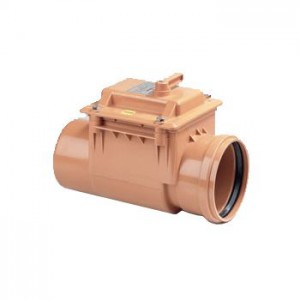 On the news today, 25th December 2015, winter devastating floods again gripped the nation. Backwater flooding is a particularly distressing form of flooding – but could happen at any time. I would like to describe the causes and how it can easily be prevented.
On the news today, 25th December 2015, winter devastating floods again gripped the nation. Backwater flooding is a particularly distressing form of flooding – but could happen at any time. I would like to describe the causes and how it can easily be prevented.
You may have heard it called sewer flooding, sewer surcharge or backwater flooding – they’re all names to describe the same issue, when sewage flows the wrong way in the sewer pipework, back into properties. Untreated sewage flowing back through sinks, toilets and other drains can bring with it disease.
Many factors contribute toward backwater flooding incidents. These factors can broadly be classed into two categories: those that increase the flow within a sewer to a level higher than it can cope with; and factors such as blockages or damage within the sewer network which prevent it from functioning as it should.
In the first instance, other forms of flooding, such as storm events can lead to sewer flooding. In some parts of Lincolnshire, our foul and surface water drains are combined. Excessive rain, river or tidal water can fill the sewer, forcing sewage back the way it came. And the Environment Agency believes this threat will worsen: “It is likely that with climate change … flood risk in England is going to increase in the future.
Additionally, an increase in hard standing, from continued urban development, diverts rainwater into the drainage network, and at a faster speed, when previously it would have been absorbed into the earth, recharging groundwater. Although the Government is tackling this issue, including it in new build assessments and tightening planning restrictions on paving over gardens, impacts from further development will continue to grow.
As I am on Planning in South Holland District Council and I am also on the South Holland Internal Drainage Board, I get first hand information on how local authorities are going to tackle the situation.
However, prevention at property level is fairly straightforward. Avoidance of blockages is paramount. In addition, the fitting of backwater protection products can completely prevent sewage from re-entering a property.
The alternative is a non-return valve (NRV), which is fitted into the main sewer pipe. Make sure its fitted before any manhole, gullies etc. (or else the ground water will just flood over the top.)
These valves are fitted by drainage operatives and are permanently located and ready to activate. They allow foul water to exit the property, but prevent any coming back when the sewage pipe is full.


